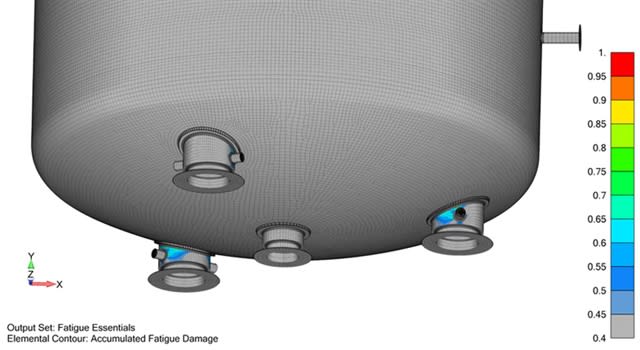onealmond1
Military
- Jun 26, 2024
- 9
We placed a 100' x 10' x 6" thick reinforced concrete pad over a 12" engineered well-graded granular based. After 4-6 days, we began noticing some hairline cracks in a radial direction. The cracks were no more than 3 inches across, and every single one of them measured 1/16" to 1/8" higher than the elevation of the pad (they kind of looked like mini volcanos). The average temperature throughout the week was around 85 deg F, no fluctuations more than 10 degrees (coastline of Africa). It did rain right before we began seeing cracks, but the pad was placed on a dry subgrade. I have also attached a picture for reference. This is the 5th concrete pad placed utilizing the same method of placement, vibing, and finishing.
What do you think could be the cause of this?
What do you think could be the cause of this?





